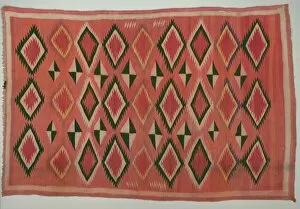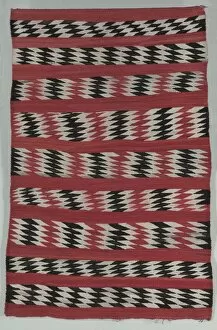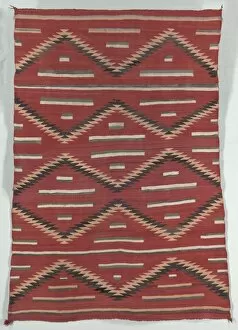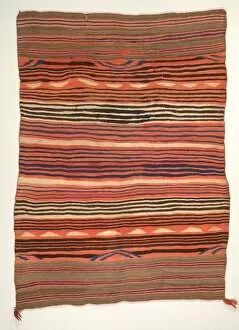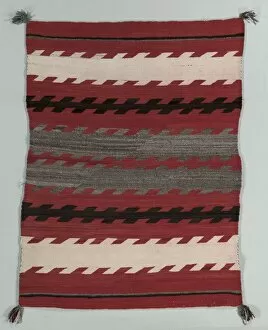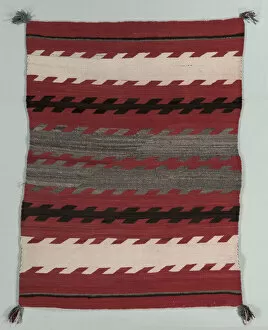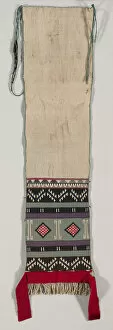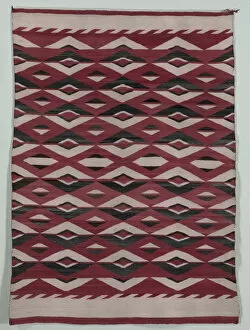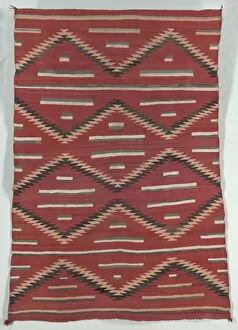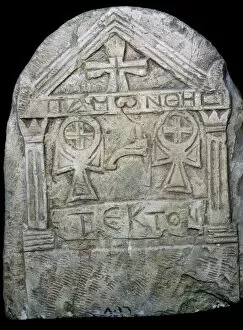Transitional Period Collection
"Exploring the Rich Tapestry of a Transitional Period" Step into a world where time seems to blur, as we delve into the captivating era of transition
For sale as Licensed Images
Choose your image, Select your licence and Download the media
"Exploring the Rich Tapestry of a Transitional Period" Step into a world where time seems to blur, as we delve into the captivating era of transition. This collection showcases an array of remarkable artifacts that embody the essence of change and evolution. First, let's unravel the mystery behind a Sarape from 1870-1890. Its vibrant colors and intricate patterns speak volumes about cultural shifts during this period. Crafted by an unknown creator, it serves as a testament to artistic innovation. Moving forward, we encounter a Rug dating back to 1890-1900. With its diamond stripes and impeccable craftsmanship, it reflects both tradition and adaptation in Native American weaving techniques. The anonymous artist behind this masterpiece leaves us in awe. Next up is an Eyedazzler Style Rug from the same time frame – another enigma woven with skillful hands. Its mesmerizing geometric patterns draw us deeper into this transitional tapestry, hinting at changing aesthetics within indigenous communities. As our journey continues, we stumble upon a Banded Wearing Blanket (diyugi) from 1880-1890—a true gem shrouded in anonymity but radiating cultural significance. It symbolizes not only warmth but also societal transformations occurring during this era. Intriguingly, there is yet another Banded Rug from America's Native North American tribes between 1890-1900—its origins concealed like many others on our path today. Nevertheless, its presence adds depth to our exploration of transitional artistry. Venturing beyond textiles brings us face-to-face with history through a Transitional Coptic funerary Stela dating back to the 3rd century—an artifact bridging ancient traditions with emerging beliefs during Christianity's early days. Returning to rugs once more unveils two distinct styles: Diamond Network Style Rug and Hopi Brocade style Dance Sash—both hailing from America between 1880-1900.


